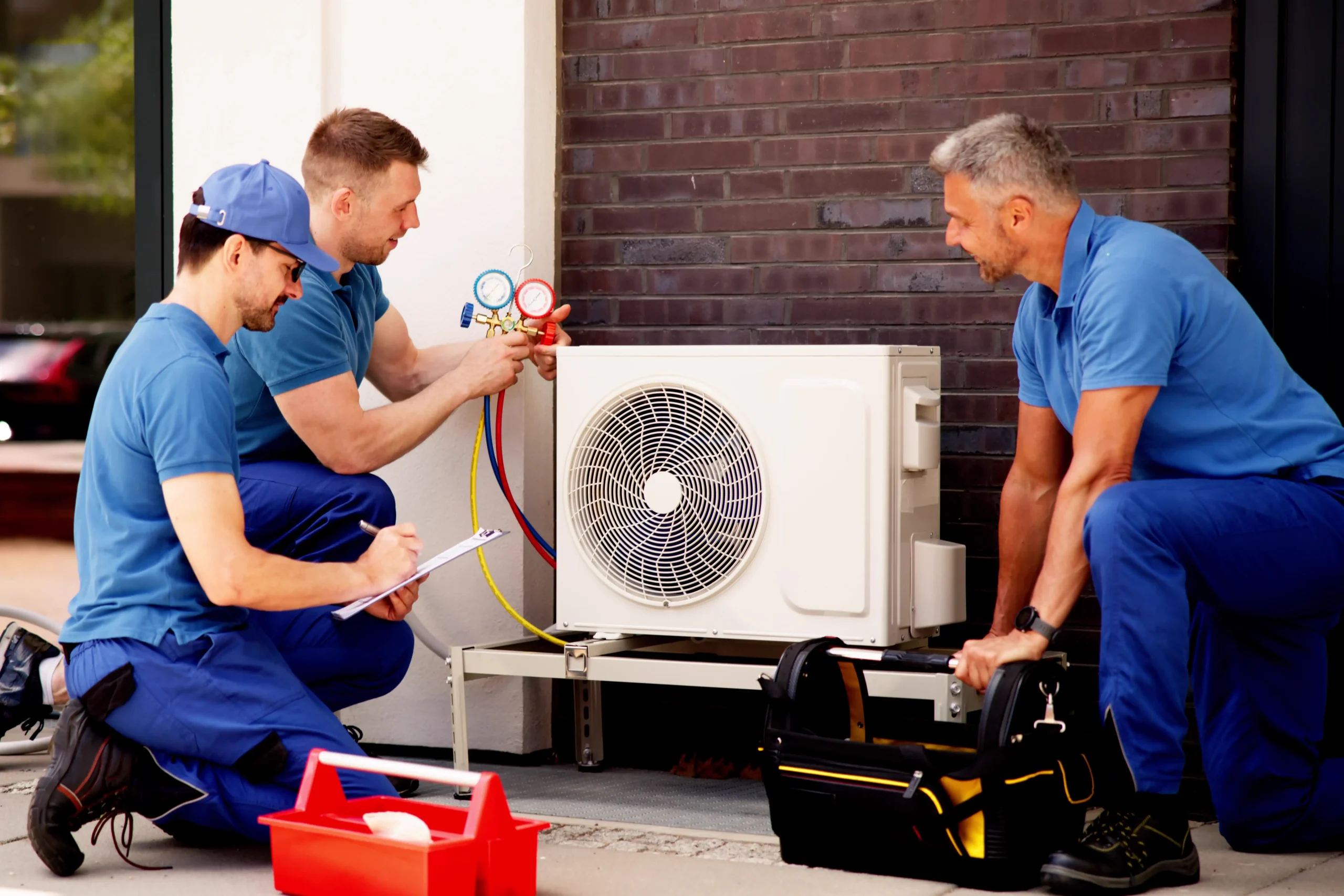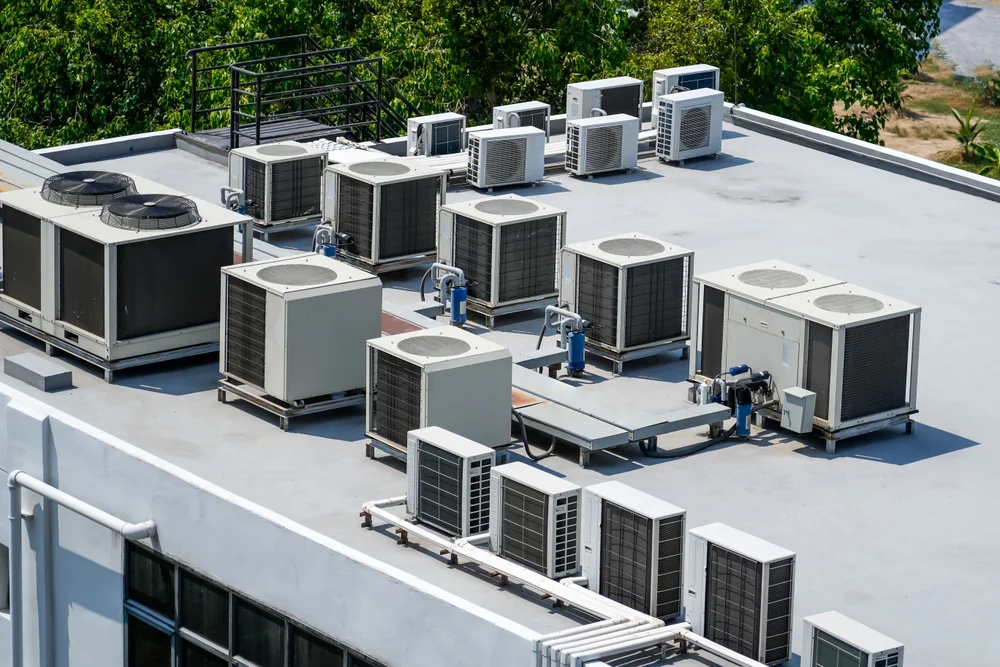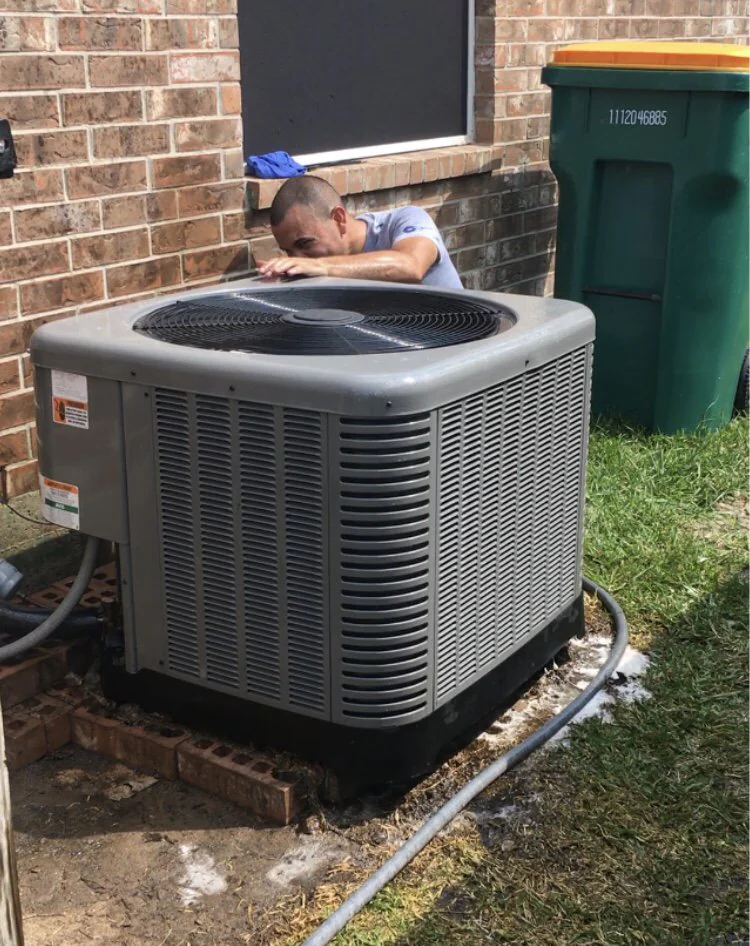Summary:
Understanding Indoor Air Quality Issues in Texas Homes
Texas presents unique challenges for maintaining clean indoor air. Our hot, humid climate feeds mold growth and dust mite populations while our sealed homes trap pollutants inside.
Common contaminants in Texas homes include dust, pollen, pet dander, mold spores, volatile organic compounds from cleaning products, and combustion byproducts. High humidity levels above 50% create ideal breeding grounds for mold and bacteria.
The symptoms are telling. Persistent sneezing, coughing, eye irritation, headaches, and fatigue often indicate poor indoor air quality. Some families notice these symptoms improve when they leave home and worsen when they return.

How Texas Climate Affects Your Home's Air Quality
San Antonio’s humid subtropical climate means moisture levels frequently exceed 70% during summer months. This excess humidity doesn’t just make you uncomfortable—it transforms your home into a breeding ground for biological pollutants.
Mold spores naturally present in outdoor air find perfect growing conditions inside humid Texas homes. They settle in air ducts, behind wallpaper, around HVAC systems, and in any area with poor ventilation. Once established, mold releases mycotoxins that cause respiratory irritation and allergic reactions.
Dust mites thrive in humidity above 50%. These microscopic creatures live in bedding, carpets, and upholstered furniture, feeding on dead skin cells. Their waste products become airborne allergens that trigger asthma and allergy symptoms.
Air conditioning systems, while providing relief from heat, can actually worsen air quality problems when not properly maintained. Dirty filters recirculate pollutants, while condensation in ductwork creates moisture problems that feed mold growth. The constant cycling between indoor and outdoor air also brings in pollen, dust, and other outdoor contaminants.
Texas homes built for energy efficiency often have minimal fresh air exchange, meaning pollutants generated indoors have nowhere to go. Cooking fumes, cleaning product vapors, and off-gassing from furniture and building materials accumulate over time.
Signs Your Texas Home Has Air Quality Problems
Recognizing air quality issues early prevents health problems and costly remediation. Watch for these warning signs that indicate your home’s air needs attention.
Persistent musty or stale odors, especially in bathrooms, basements, or areas with poor ventilation, often signal mold growth or inadequate air circulation. These smells may be strongest when you first enter your home after being away.
Visible mold growth appears as dark spots or discoloration on walls, ceilings, or around windows and air vents. However, mold often grows in hidden areas like inside ductwork or behind wallpaper, so absence of visible growth doesn’t guarantee clean air.
Excessive dust accumulation despite regular cleaning indicates your HVAC system isn’t effectively filtering air. You might notice dust around air vents, on furniture shortly after cleaning, or dark lines along baseboards where air leaks occur.
Health symptoms that improve when you’re away from home provide strong evidence of indoor air quality problems. Family members may experience different symptoms based on their sensitivity levels, but patterns of respiratory irritation, headaches, or allergy-like symptoms warrant investigation.
Condensation on windows, walls, or other surfaces indicates humidity levels that support mold growth and dust mite populations. This moisture also suggests inadequate ventilation that allows pollutants to accumulate.
Professional Solutions for Texas Indoor Air Quality
Professional indoor air quality services address problems that DIY solutions can’t reach. Certified technicians have specialized equipment and training to identify, test, and remediate air quality issues effectively.
Air quality testing reveals exactly what pollutants exist in your home and their concentration levels. Professional testing identifies mold species, measures humidity levels, detects volatile organic compounds, and assesses overall air circulation patterns.
This scientific approach eliminates guesswork and ensures solutions target actual problems rather than symptoms. Testing also provides baseline measurements to verify improvement after remediation efforts.

Air Duct Cleaning Services in San Antonio
Professional air duct cleaning removes years of accumulated dust, debris, and biological contaminants from your HVAC system. In San Antonio’s humid climate, ductwork becomes a breeding ground for mold, bacteria, and allergens that circulate throughout your home every time your system runs.
The cleaning process uses specialized equipment including HEPA-filtered vacuums, rotating brushes, and compressed air tools to dislodge and remove contaminants from every section of ductwork. Technicians access ducts through existing vents and service openings, avoiding damage to walls or ceilings.
Professional duct cleaning typically includes sanitization treatments that kill remaining microorganisms and prevent future growth. This step is particularly important in Texas where high humidity supports rapid biological contamination.
The benefits extend beyond cleaner air. Clean ductwork improves HVAC efficiency by removing obstructions that force your system to work harder. This reduces energy consumption and extends equipment life while maintaining more consistent temperatures throughout your home.
Most experts recommend duct cleaning every 3-5 years, though homes with pets, smokers, or family members with allergies may benefit from more frequent service. Signs that indicate immediate need include visible mold growth in ducts, pest infestations, or excessive dust despite regular filter changes.
Quality duct cleaning companies provide before and after photos, explain their process clearly, and offer guarantees on their work. They should be licensed, insured, and certified by organizations like NADCA (National Air Duct Cleaners Association).
Air Purification and Humidity Control Systems
Whole-home air purification systems integrate with your existing HVAC system to continuously clean circulating air. These systems use multiple filtration technologies including HEPA filters, UV lights, and electronic air cleaners to remove particles, kill microorganisms, and neutralize odors.
HEPA filtration captures 99.97% of particles larger than 0.3 microns, including dust, pollen, pet dander, and mold spores. Electronic air cleaners use charged plates to attract and trap smaller particles that standard filters miss. UV lights installed in ductwork kill bacteria, viruses, and mold spores as air passes through the system.
Humidity control systems are essential in Texas homes where natural moisture levels often exceed healthy indoor ranges. Whole-home dehumidifiers integrate with HVAC systems to maintain optimal humidity levels between 30-50% year-round.
Proper humidity control prevents mold growth, reduces dust mite populations, and improves overall comfort. It also protects wooden furniture and flooring from moisture damage while reducing the workload on air conditioning systems.
Modern humidity control systems include smart controls that automatically adjust based on outdoor conditions and indoor activity levels. They drain condensation automatically and require minimal maintenance while providing consistent results throughout your home.
These systems work together synergistically. Air purification removes existing contaminants while humidity control prevents new biological growth. The combination creates a healthier indoor environment that requires less maintenance and provides better long-term results than individual solutions.
Maintaining Healthy Indoor Air Quality Long-Term
Sustainable indoor air quality requires ongoing attention and preventive measures. Regular maintenance prevents small issues from becoming major problems while protecting your family’s health and your investment in air quality improvements.
Change HVAC filters regularly using high-quality filters appropriate for your system. Clean filters every 1-3 months depending on usage, pets, and local pollen levels. Monitor humidity levels and address moisture sources promptly to prevent mold growth.
Professional maintenance keeps systems operating at peak efficiency while identifying potential problems early. Annual HVAC tune-ups should include ductwork inspection, humidity level assessment, and air quality evaluation. For comprehensive indoor air quality solutions and professional services, we at Texas Air Repair provide expert assessment and customized solutions for San Antonio area homes.




